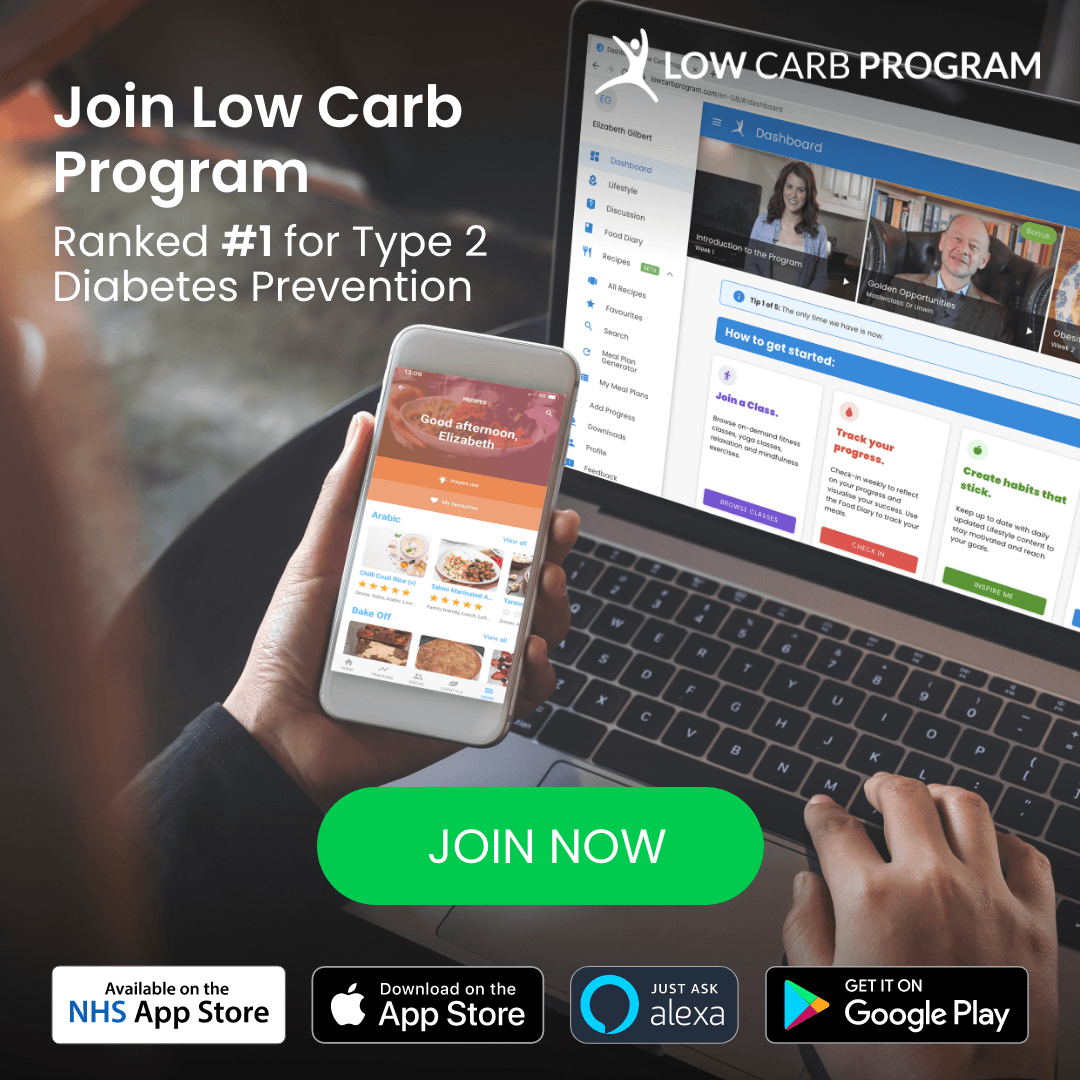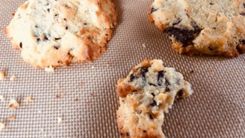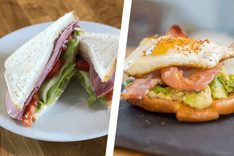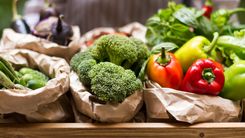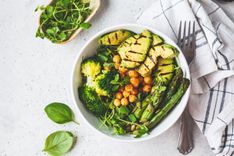Diabetes reversal diet
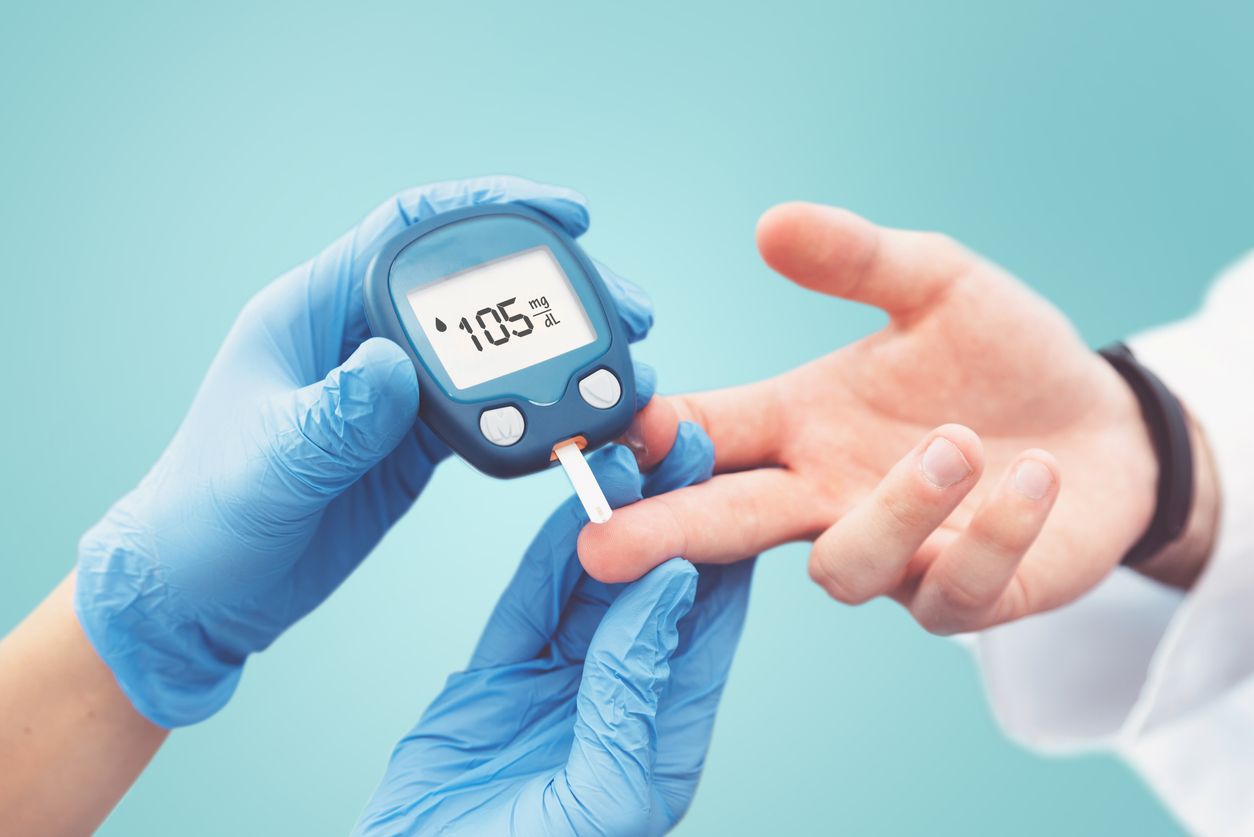
What we eat is pivotal when it comes to reversing type 2 diabetes. So, what foods should we be eating and what had we best avoid?
In the journey to reverse our diabetes, or achieve type 2 diabetes remission, there are two key goals that we tend to work towards - improving our blood glucose levels and reaching a healthy weight. For these, we must take a holistic approach, considering all aspects of our lifestyles such as sleep, stress and exercise, but diet is indeed a crucial determinant.
Over the years, many different diets have been hailed to remedy this condition, and there is often a battle for which is the one to focus on. However, in reality, everyone is very different with respect to their biology and lifestyle and so, as with most things in nutrition, there is no one-size fits all approach! Indeed there are many different diets that can assist you in managing your blood sugars and your weight to improve your condition. However, there are some commonalities between those that are most successful and you will find that all of these can be achieved when following low-carb.
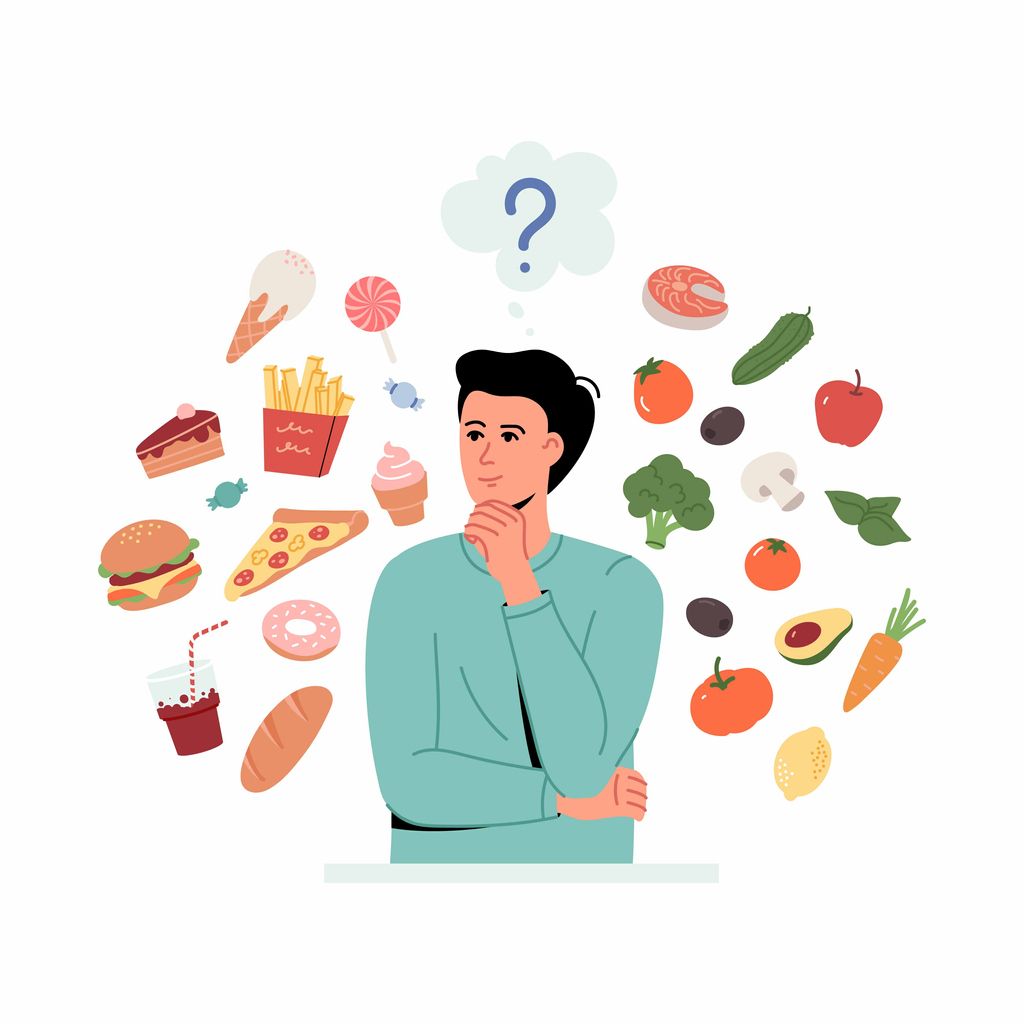
1. Focus on real whole foods
The first step is to try and base your diet around real whole-foods. By this, we mean foods that are still in their original form such as a can of lentils, a handful of berries, a chicken breast, a broccoli and so on. Essentially, these whole-foods can come in the form of fruit, vegetables, legumes, meat, fish, dairy and wholegrains. These are packed full of vitamins, minerals, protein, healthy fats and the all important fibre. In comparison, foods that are highly processed are often high in fat, sugar and salt and offer little nutritional value. They can also leave us feeling hungrier and experiencing more cravings for unhealthy foods, leading us to overeat and increase our bodyweight. Examples of these highly processed items can include ready meals, take-aways, cakes, pastries, pizza sausages. These foods are now commonplace in many peoples diets, so you may wish to try some of the below swaps to help you on your way:
- Swap oven chips for homemade skin-on chips
- Swap chicken nuggets for a chicken breast
- Swap flavoured yoghurt for Greek yoghurt and berries
- Swap flapjacks and cereal bars for mixed nuts
- Swap crisps for veggie sticks and hummus or guacamole
- Swap high sugar cereals for porridge or wheat biscuits
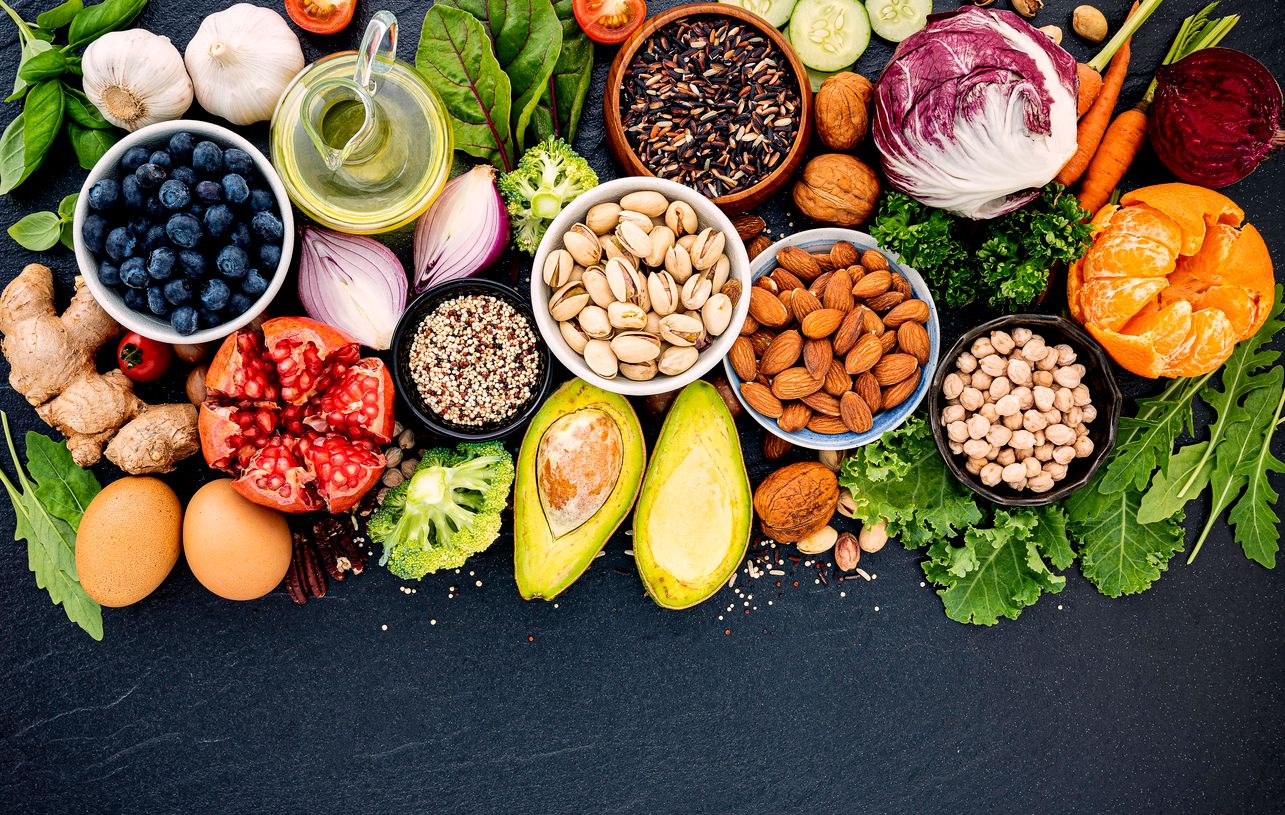
2. Portion your carbohydrates
Secondly, it is important to portion our carbohydrates. In order to do this, we need to know what kinds of foods contain lots of carbohydrate. Some examples include pasta, rice, noodles, potatoes, bread and certain fruits like bananas and mango. These are not inherently unhealthy foods, however their high carbohydrate content can lead to significant spikes in blood glucose for those with type 2 diabetes. Foods that have undergone high levels of processing can be even higher in carbohydrates due to their sugar content, so we do recommend sticking to whole-foods. When portioning your carbohydrates, a good guide can be to limit them to around 1/4 of your plate or roughly the amount that would fit in a cupped hand.
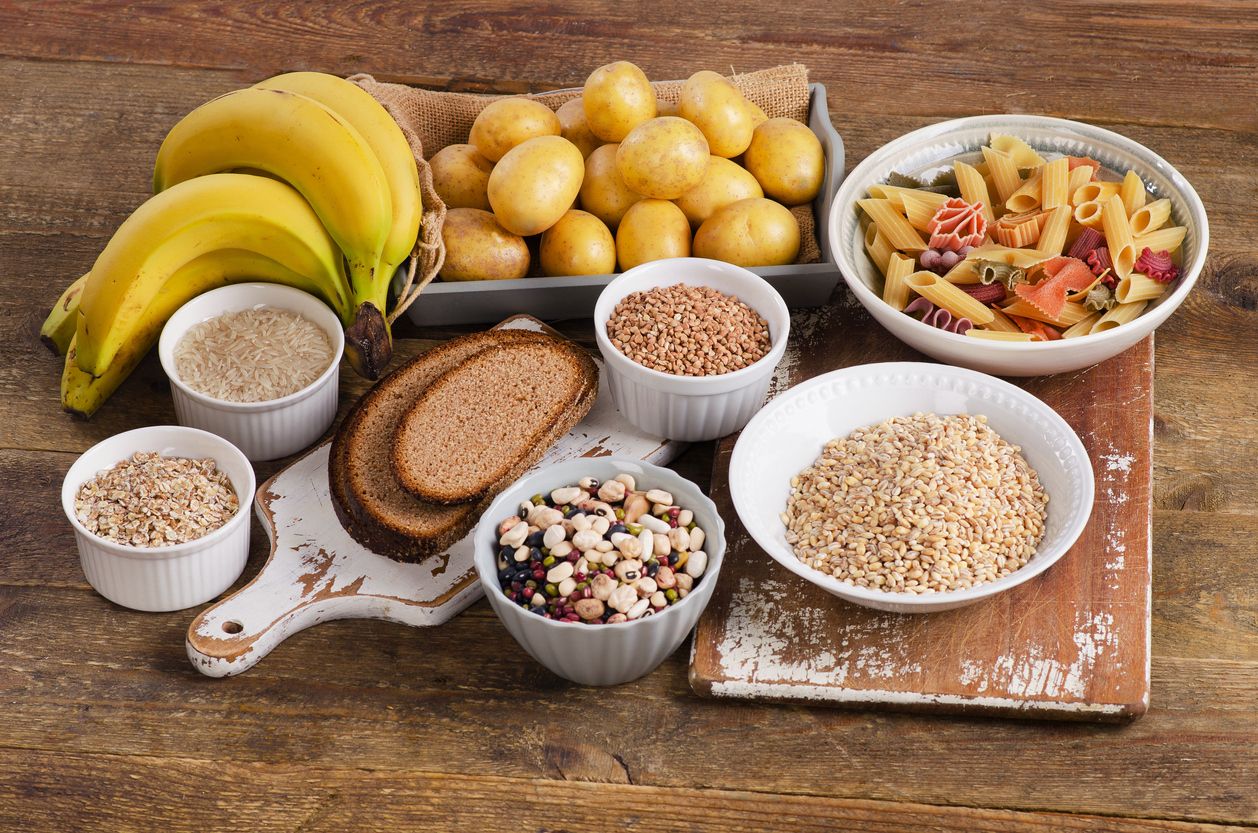
3. Prioritise healthy fats
Everyone should try to prioritise the consumption of healthy fats, but this may be particularly important for those with type 2 diabetes, given their increased risk of cardiovascular disease. So, what do we mean by healthy fats? Well, these tend to be foods that are sources of unsaturated fats such as avocados, oily fish (salmon, mackerel, sardines etc), olive oil, nuts, seeds and tofu. These are important for so many bodily functions and structures, including helping to keep us feeling full, manage our blood sugars and improve our heart health.
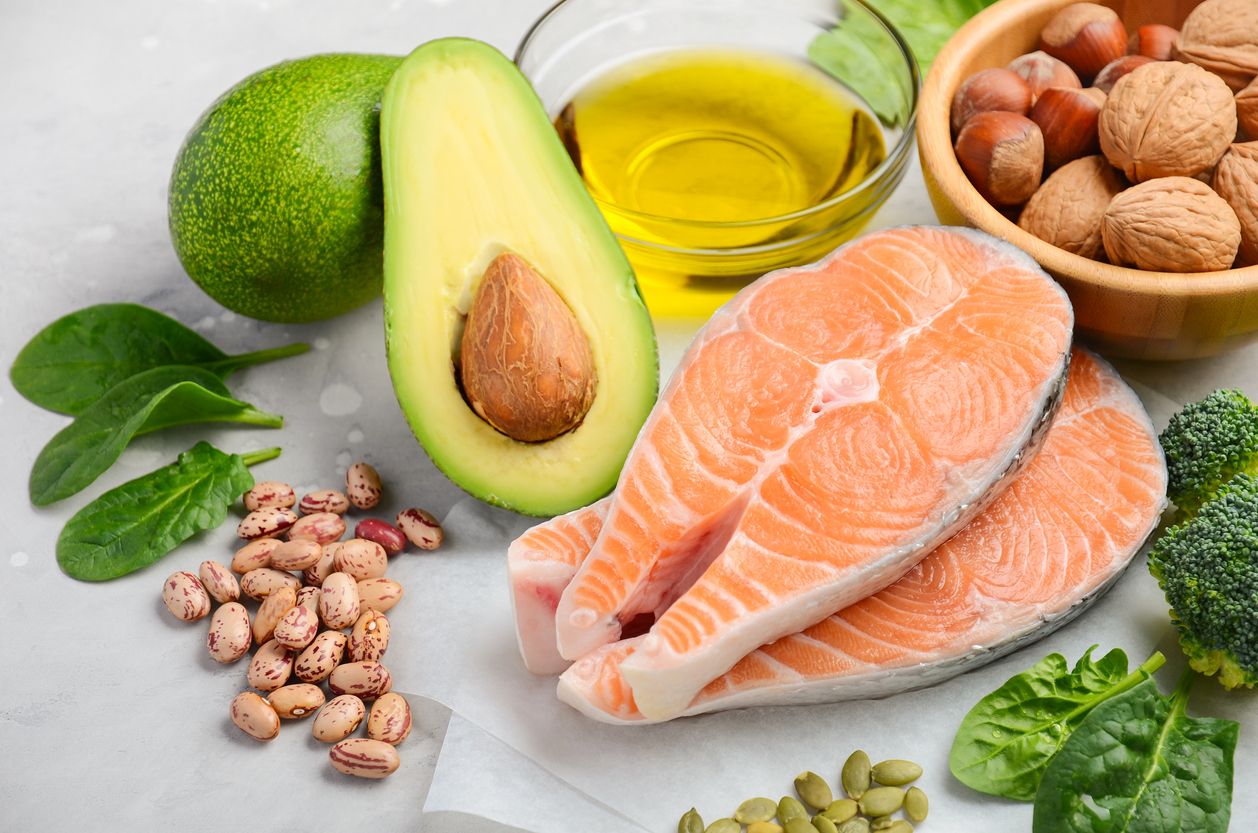
4. Plenty of protein
Protein is another essential macronutrient that is used for the structural components of our cells and tissues, as well as forming enzymes, hormones and antibodies. Therefore, getting enough protein is essential for our health and, similarly to fat, is a very satiating nutrient. This means that it can also help keep us feeling fuller for longer and if eaten alongside sources of carbohydrates, mitigate any subsequent rises in our blood sugar levels. When considering how much protein to have on your plate, a good guide can be to have around 25g, equating to a palm-sized amount. Though, please bear in mind that our protein requirements can differ depending on a range of factors such as our age, activity levels, sex and health status. Some examples of good-quality protein are fish, lean meat, poultry, nuts, tofu, eggs, dairy, beans and pulses. Trying to include different sources of protein, especially if you are vegetarian or vegan, can help to reach a sufficient intake.
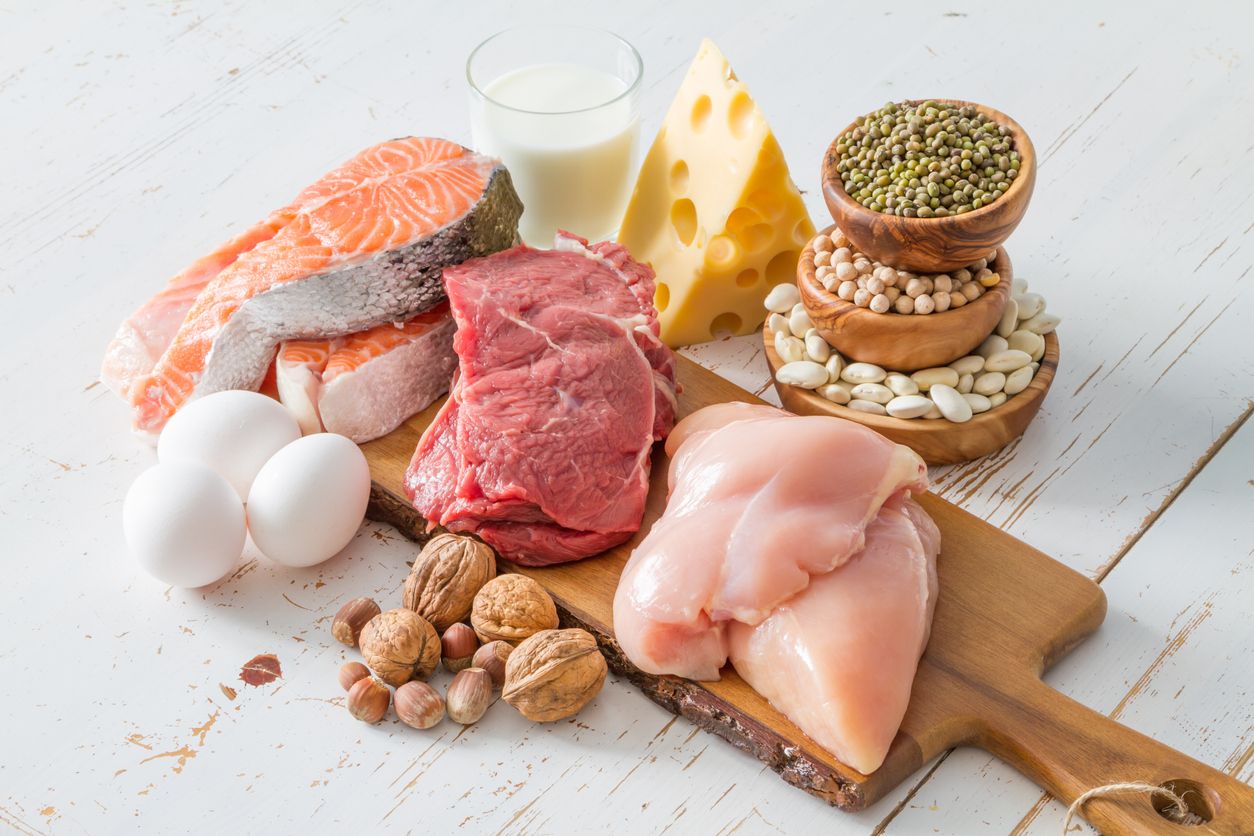
5. Fuelled by fibre
Fibre is in fact a form of carbohydrate, but one that is really good for us! This nutrient is deemed integral for our gut health, lowering our risk of bowel cancer, heart disease and type 2 diabetes. In line with this, fibre is known to significantly improve blood glucose levels and assist with weight management in those with type 2 diabetes. Foods that you can find fibre in includes pretty much any whole-foods that are plant-based such as fruits, vegetables, nuts, seeds, wholegrains, beans and pulses. Hence, when we do eat high-carbohydrate foods, alongside having sensible portions, we may want to consider the type of carbohydrate we are having. High-carbohydrate foods like sweets and products based on white flour, such as white bread, white pasta, white rice have less fibre, vitamins and minerals than their wholegrain alternatives. Hence, you may wish to opt for things like brown bread, brown rice, wholewheat pasta, wholemeal flour, quinoa and starchy vegetables like sweet potatoes.
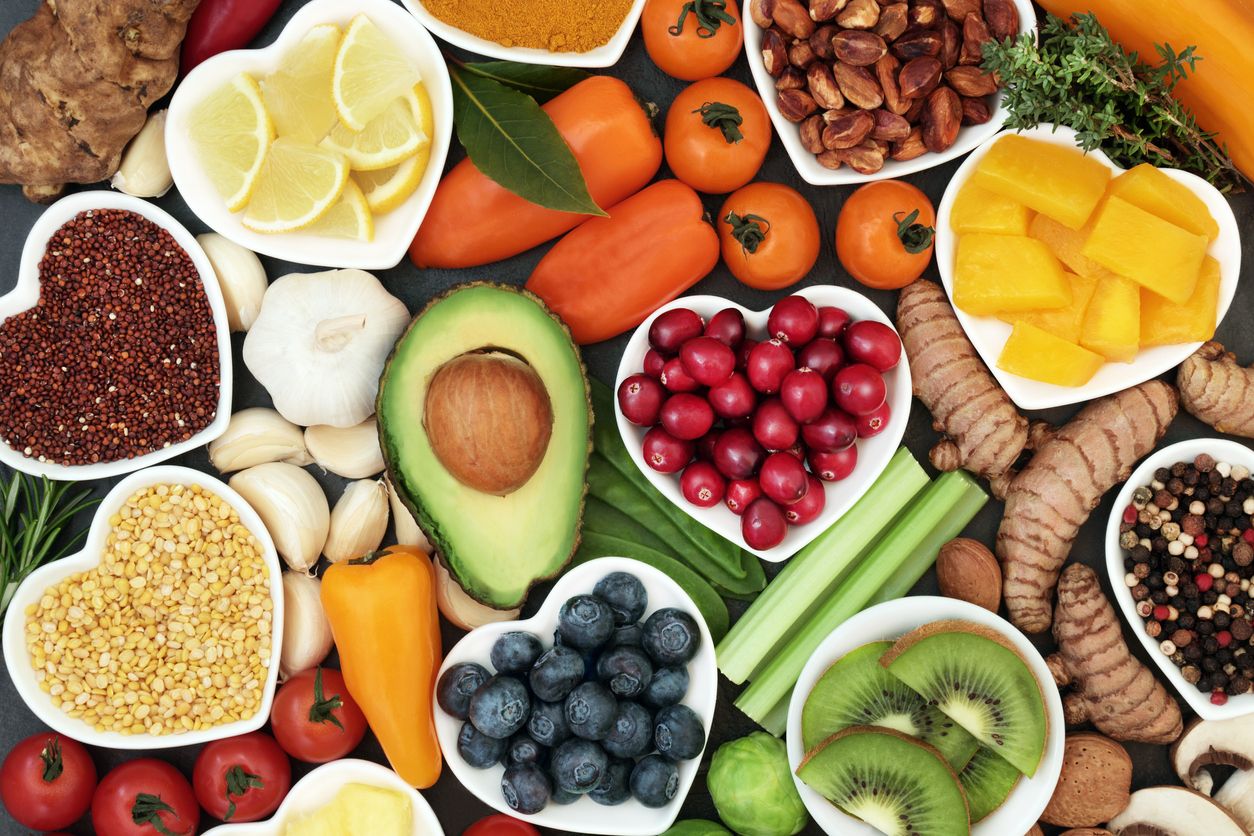
6. Regular meal times
Often when we are trying to manage our weight, we can be tempted to skip meals and eat as little as possible. However, not only can this leave us feeling rather hungry, tired and miserable it can also mean we eat at meal times we do have and can impede our weight loss progress. Therefore, trying to maintain 3 balanced meals a day can help us stay on top of our appetite, energy levels and long-term health.

The success of low-carb:
You may have noticed that all of these staple principles for a healthy diabetes reversal diet are indeed encompassed in the low-carb approach. To summarise this information we actually have a great resource called the plate method, helping you to portion your foods appropriately to build a healthy meal. You can see an example of this below.
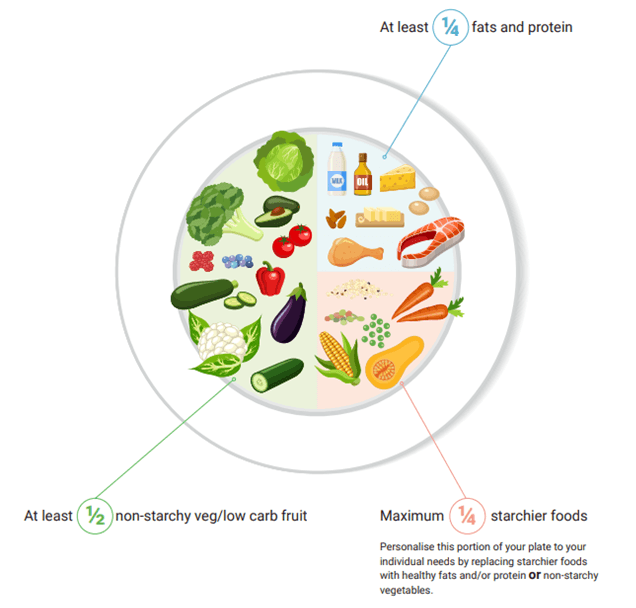
The Low Carb Program is an NHS-approved strategy for managing type 2 diabetes, prediabetes and obesity and is used by over 440,000 people across the world. Furthermore, people with type 2 diabetes who complete the program may lose 7% of their starting body weight, 4 in 10 may eliminate at least one medication and 1 in 4 may achieve type 2 diabetes remission.
Ultimately, the best diet for you is the one that you are able to sustain, that fits well into your routines, keeps you feeling satisfied and provides you with all of the nutrition your body needs! However, if you are keen to try the Low Carb Program and get support in doing so, then click below to sign up!

